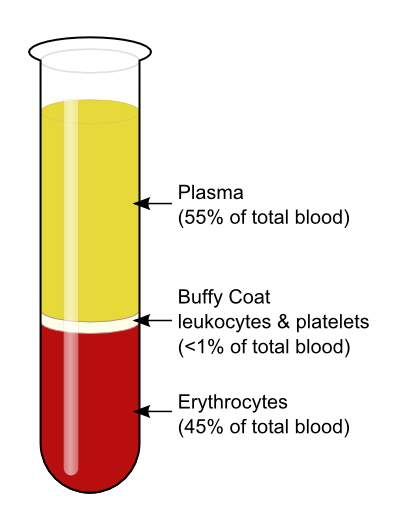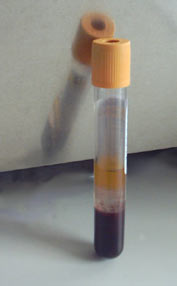Joseph R. Anticaglia MD
Medical Advisory Board
COVID19 has had almost “carte blanche” to crisscross America from East to West leaving in its wake death and anguished families.
On February 15, 2020 I wrote in this column: “On December 31, 2019 the Chinese authorities announced the discovery of a new coronavirus that has subsequently infected thousands of people worldwide”
On January 28th and early February of this year, U. S. government officials and health authorities definitely knew that COVID-19 was a respiratory virus, more lethal than the flu (influenza) and transmissible from one person to another like the air-borne flu.
Yet, authorities entrusted with securing the safety of the country — critics opined — have missed opportunities to curtail this disease and save lives. At present, we have inadequate treatments and are without a safe and effective vaccine to fight COVID-19. Researchers and most health officials have done their utmost to come up with solutions to the pandemic.
An attempt to pump the brakes on Covid-19 happened on August 23, 2020, when the FDA issued an Emergency Use Authorization (EUA) for convalescent plasma as a potential COVID-19 treatment in hospitalized patients with this disease.
Convalescent plasma treatment involves the donation of plasma by people who have recovered from a particular illness which is then administered to patients stricken with the same disease.
People who have fully recovered from COVID-19 have antibodies to the COVID-19 virus in their blood plasma—the liquid portion of blood. The donated blood is processed to remove blood cells leaving behind antibodies and the yellow liquid plasma (serum).
More research is needed, but the best treatment results thus far come with several caveats: The antibody-rich plasma is given to hospitalized patients not on a ventilator, under 80 years of age within three days of diagnosis.
Individuals are encouraged to donate their antibody-rich COVID-19 plasma to hospitalized patients with the intention to boost their ability to fight the disease, lessen the severity of it and shorten the recovery time.
What is Blood Plasma?
Plasma is one of the four main components of blood that includes white blood cells, platelets and red blood cells. One way to get a better picture of plasma is to observe what happens when a vial of blood is centrifuged, meaning it’s placed in a machine that rotates at high speeds.
The blood separates into plasma and the other parts of blood as noted above. Plasma is the cell-free, yellow liquid part of blood which is mostly water (90%), about 8% protein and about 2% which contains other vital substances including antibodies.


Benefits of Plasma
There are notable benefits of plasma that have gone under the radar. We need plasma’s ability to transport nutrients to different parts of the body.
We need plasma’s ability to transport waste material away from the body. Cells dump their waste products into plasma and it carries them to areas of the body that specialize in waste removal, such as the kidneys.
Along with water, electrolytes, hormones and enzymes, plasma contains other key components which include:
- Antibodies (immunoglobulins) needed to defend our bodies against invaders
- Clotting factors — fibrinogen, platelets and cofactors used to stop bleeding
- Transportation system is essential to supply oxygen, nutrients and remove waste
- Albumin works to keep fluids within blood vessels preventing them leaking into tissues causing edema as seen in liver disease, malnutrition and kidney disorders.
Plasma helps to maintain blood pressure and circulation by simply filling and flowing through the vessels. Otherwise blood vessels would be like a collapsed expandable garden hose and lead to shock.
Also of note, plasma helps balance body temperature by carrying heat from internal areas of the body to places where the body loses heat easily, such as the head, arms and legs.
Drug Companies
Big Pharma has utilized the contents of plasma’s “golden fluid” to manufacture different blood plasma products for clinical use. For instance, Hemophilia is a genetic disorder characterized by excessive bleeding because it lacks sufficient blood clotting proteins (clotting cofactors). Such patients have benefited from factor eight concentrate and factor nine concentrate.
In addition, plasma products have been used to treat burn and trauma patients, shock due to massive bleeding, immunodeficiency problems as well as severe liver and kidney disease.
Caution — ‘Rush’ to Treatment
Blood plasma has often been undervalued, but its usefulness as a treatment for hospitalized C0VID-19 patients warrants more investigation.
Scientists were bewildered and rejected the conclusion of F. D. A. Commissioner Dr. Stephen Hahn, when he said on August 23, 2020 that 35% of COVID-19 patients could be saved if they have been given the convalescent plasma. The next night Dr. Hahn tweeted, in essence, he was wrong and the “criticism was entirely justified”
There are other examples of “rush to treatment;” for instance, on June 15, 2020, when the FDA revoked the Emergency Use Authorization (E. A, U.) of hydroxy-chloroquine in hospitalized Covid-19 patients, since “it showed no benefit for decreasing the likelihood of death or speeding recovery” of COVID-19 patients..
Blood plasma and its products have benefited many patients. But if scientists and health authorities in their haste to find treatments for COVID-19 leapfrog over controlled clinical trials, they do a disservice to the public and themselves.
Health officials and politicians do a public service when they encourage (mandate?) people to wear a mask, practice social distancing, to wash their hands and avoid closed, crowded environments. They do their job when they avoid shortcuts and use the power of prevention and science to defeat COVID so we can once again enjoy a normal life.
References
- Heidi Ledford; Evidence Lags Behind excitement Over Blood Plasma as a Coronavirus Treatment; Nature, August 19, 2020
- Albert Farrugia; Josephine Cassar; Plasma-derived medicines: access and usage issues; Blood Transfusion. July, 2012
- Joscilin Mathew; Parvathy Sankar; Matthew Varacallo; Physiology, Blood Plasma; StatPearls [Internet]; April 25, 2020.
- Marcell Ulrich Heim,, Britta Meyer, Peter Hellstern; Recommendations for the use of therapeutic plasma; Curr Vasc Pharmacol, April 7, 2009
- Dr. Thomas M. File, Jr.; Response of IDSA President to Announcement of Emergency Use Authorization for Convalescent Plasma to Treat COVID-19I; infectious Disease Society of America (IDSA)
- FDA Issues Emergency Use Authorization for Convalescent Plasma as Potential Promising COVID-19 Treatment; August 23, 2020
Glossary
Fresh Frozen Plasma

When plasma is separated from whole blood within 18 hours it’s called ‘fresh’. To obtain a12 month shelf-life fresh plasma is frozen. A unit of Fresh Frozen Plasma contains the coagulation factors.
This article is intended solely as a learning experience. Please consult your physician for diagnostic and treatment options.

